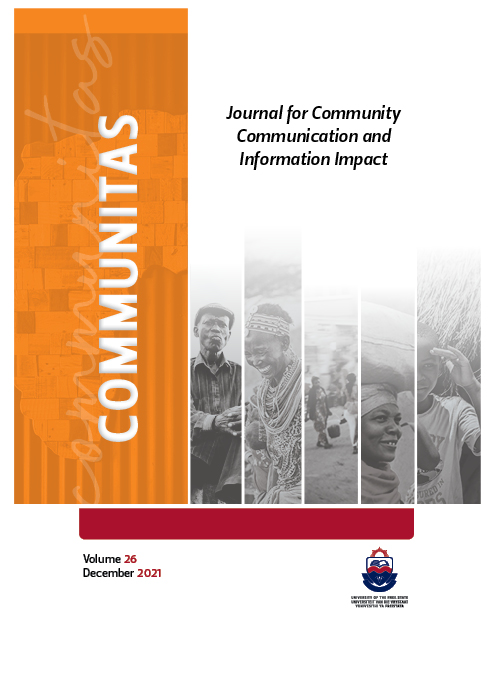The fourth industrial revolution, loyalty intentions and the mediating roles of reputation and pre-visit experiences for the Vilakazi street precinct in Soweto
DOI:
https://doi.org/10.38140/com.v26i.5124Keywords:
4IR, Marketing communication, Brand communication, Customer-brand relationships, Reputation, Pre-visit experience, Loyalty, TourismAbstract
The impact of the Fourth Industrial Revolution (4IR) technologies on tourist destinations’ reputation and pre-visit experiences and how these can affect loyalty intentions is receiving attention from academics and management practitioners. However, not much attention is given to the impact of these technologies, reputation, and pre-visit experiences on loyalty intentions. The purpose of this study was to investigate the direct effects of 4IR, Vilakazi Street precinct reputation, and customers’ pre-visit experience on customers’ loyalty intentions (LOYALT). It also investigates the mediating effect of reputation and pre-visit experience on the 4IR-LOYALT relationship. The study followed the quantitative approach, using the primary data collected from tourists (N=235) who visited the Vilakazi Street precinct between October and November 2019. Smart PLS SEM approach was used to analyse the data. The study confirmed positive direct relationships between 4IR, REPUT, and PREVISIT on loyalty intentions. In addition, reputation and customers’ pre-visit experiences were also shown to mediate the relationship between the 4IR and loyalty intentions positively. The study provides a framework using constructs embedded in TAM and TPB theories, which extends the applications of these theories. The framework provides an additional tool for further investigations of the way to improve chances of predicting tourists’ responses to innovations, and it can also be used to explain the adoption of technology in different industries. The study outcomes will assist in technology strategy decisions and resources deployment. Policy-makers also stand to benefit by gaining a clear understanding of how technology and industry interact.
Downloads
##submission.downloads##
Published
Issue
Section
License
Copyright (c) 2022 Dr Freddy Marilahimbilu Mgiba

This work is licensed under a Creative Commons Attribution 4.0 International License.
All articles published in this journal are licensed under the Creative Commons Attribution 4.0 International (CC BY 4.0) license, unless otherwise stated.









